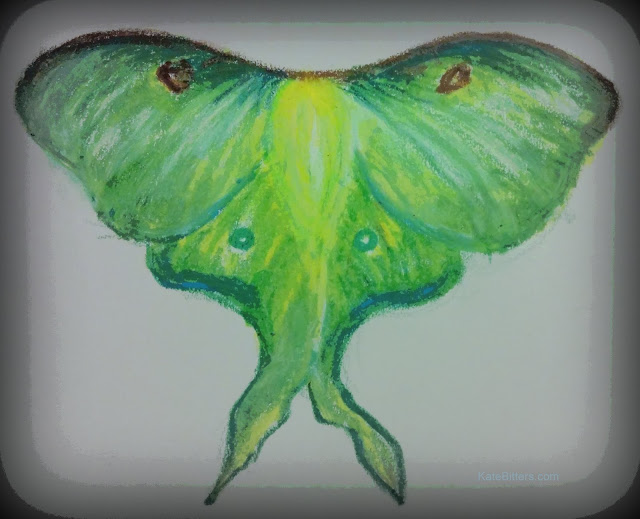Follow me on my journey as I write a story a week for an entire year. This is story #1.
| She follows the sound of her own voice out the door and across the ragged lawn, into the first field and along the furrows separating the neat rows of corn by no more than a handful of inches. They grow the corn closer together now; the system demands a claustrophobic cluster of will-be food. Such proximity was impossible a few decades ago, now it’s the norm. |
It’s the only way she’s known.
Her voice is singing, she realizes, and she can’t stop her feet from trailing the sound. It’s a clear, wordless melody and it lights a path through the darkening air. She follows it like a scuba diver’s breathing tube.
She read about scuba diving last year and has wanted to try it ever since. The thought that anyone with a little training and the right amount of cash can swim through the deepest parts of the ocean excites her. She dreams of blowfish, sharks, tangerine-colored coral, eels slithering into narrow crevices. She dreams of finding sunken ships and chests full of pirate gold. She wonders if it’s possible to live under the water, far away from sweaty-backed harvest seasons and dusty air.
The song continues from her throat and she crosses from field one into field two. Soybeans, now. It’s the start of the season and their leafy heads are just poking above the surface of the ground. She’s never understood why they grow soybeans. They’re tasteless, really. About as exciting as a piece of grass. “They go in a lot of products,” her father told her once. “Animal feed, mostly. And all that fancy tofu stuff you see at the co-op.”
“Why would we grow plants to feed other people’s animals? Why can’t they just eat grass, like Cady does?”
“Because they have a lot of Cadys, that’s why.” Her father shrugged. “I don’t know, honey. There’s a market for it, is all. We grow what people demand.”
The path between soybean rows is narrow and full of sod clusters and gopher holes (she spends a fleeting thought on the little rodents and wonders how they can survive among the field’s pesticide film), but her farm feet are sure. She follows the clear ringing of her voice until the field ends abruptly and she’s standing at the edge of the property, looking back.
The last note of her song lingers, fading softly like water soaking into a sponge.
She wipes a cheek, but only smears the dirt into the shape of raking fingers. “How did I get here?” she wonders aloud. She squints across the tops of the new corn and can just make out the tip of the farm house, the only home she’s known. She wriggles her toes inside leather boots and feels a lightness within her frame. Somewhere in the fields, she’s shucked her cocoon, discarded it like a spring jacket. She imagines it, rough like wool, hanging on a corn stalk and bending it toward the ground. It was heavy. Awkward.
Now it is gone.
She rounds her shoulders forward and back, flexing the gauzy wings that rise from her back. They are a soft green—the same color as willow leaves—and made of a silken material that she can’t name.
She strokes the wings, dusts them off and picks off bits of woolen cocoon that cling to their fibers. It is dark now and a burst of stars sprays across the inky backdrop. She raises her chin and smiles.
With a stretch, a single determined flap, she flies.
Kate Bitters is a freelance writer, marketer, and author of Elmer Left and Ten Thousand Lines. She is writing a story a week in 2015-2016 on the Bitter Blog. Subscribe to follow her journey.
Author: KateBitters
Kate Bitters is a Minneapolis-based author and freelance writer. She is the author of Elmer Left, Ten Thousand Lines, and He Found Me. One of her proudest/nerdiest moments was when Neil Gaiman read one of her short stories on stage at the Fitzgerald Theater.


Ha! I recognized your drawing as a luna. I 'raised' one as a child.